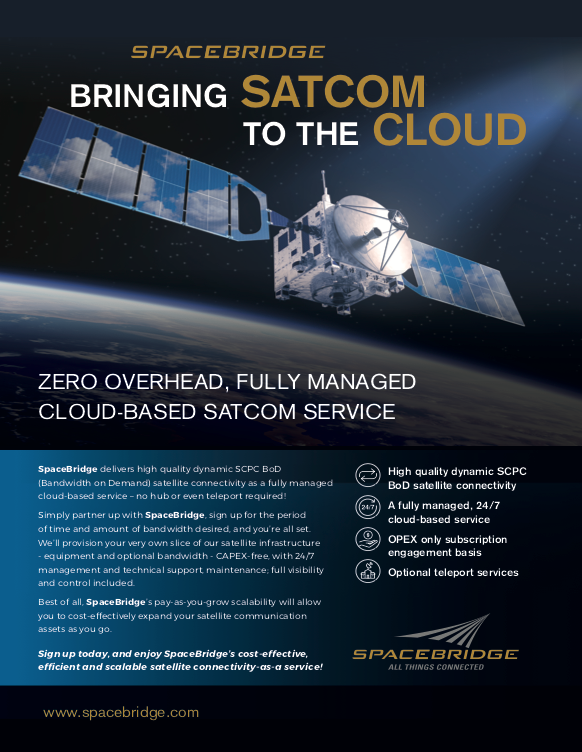What is RF-over-Fiber (RFpF)?
RFoF is a technology that has been widely used and accepted in the satellite communications and broadcast industries for at least a couple of decades to move radio signals over fiber optic instead of coaxial cables. For those readers who are not familiar with RFoF, it is an analog technique using specially-selected laser diodes for the RF-to-optical conversion — called the transmitter — and then photo diodes for the optical-to-RF conversion — the receiver end.
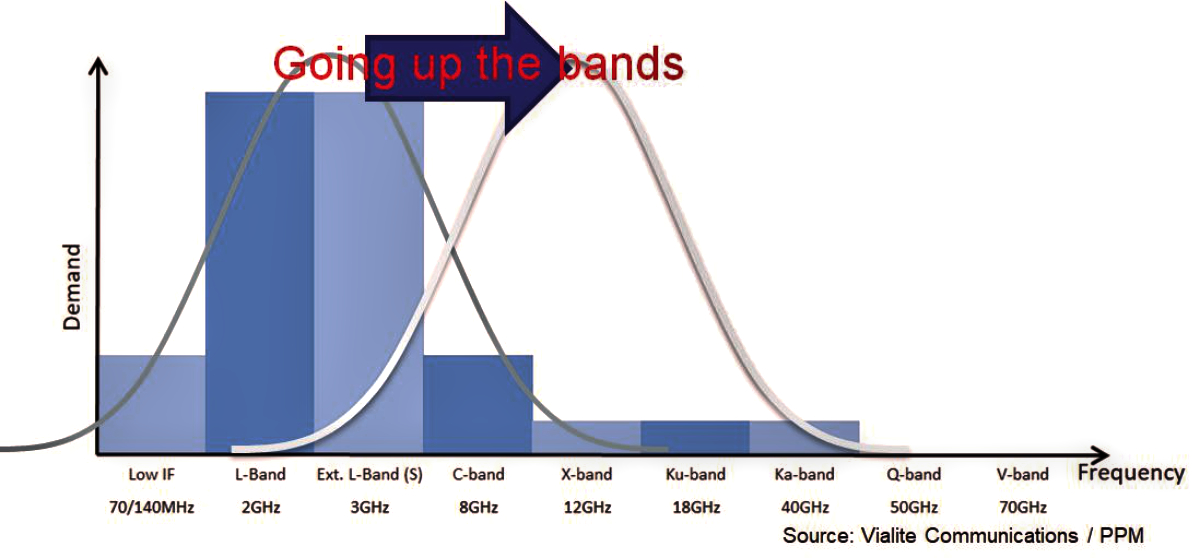 Figure 1. Demand for higher frequency IF.
Figure 1. Demand for higher frequency IF. 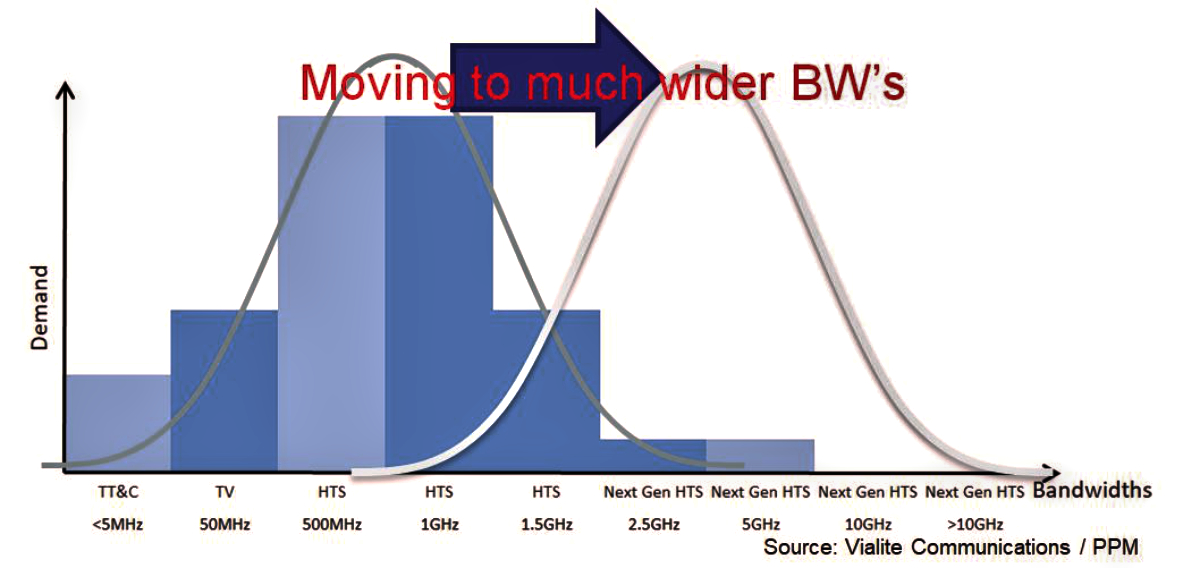 Figure 2. Demand for higher bandwidth
Figure 2. Demand for higher bandwidth
RFoF has significant advantages over coax and offers: extremely low losses, superb dynamic range, virtually no processing delay and high electrical immunity. For these reasons, RFoF makes an excellent application for teleports, providing the links from the dishes to the control room or Network Operations Center (NOC) and also providing longer distance links to diverse sites, particularly for Ka-band rain fade diversity solutions and also for Teleport site sharing. These longer distance links can be anywhere from tens to hundreds of kilometers in length.
ViaLite Communications is a leading supplier of RFoF technology since the early days when this technology was introduced and today supplies products across the globe to most tier one teleports.
Ground Segment Developments
The first trend we’re seeing is in the SATCOM Intermediate Frequency (IF) and SATCOM bandwidth usage across RFoF links. More than a decade ago, the links between the modem in the NOC and the dish side equipment (for example, Block Up Converter (BUC) for uplink, or Low Noise Block downconverter (LNB) for downlink) was largely an IF 70 or 140 MHz link. Today, the main customer demand is for higher frequency links, typically L-band, that runs from 950 to 2150 MHz. L-band offers greater bandwidth and most modems support this interface or even the extended L-band interface which runs from 700 up to 2450 MHz for High Throughput Satellites (HTS).
What is driving this need to move up the radio spectrum in SATCOM industry? The principal driving force is, of course, that satellites are also moving up the radio spectrum; current launches are typically X band (12 GHz), Ku band (18 GHz) and Ka-band (40 GHz)1. Using a higher IF on the ground segment makes sense. Other driving factors also relate to problems with coax cable as you move up the radio spectrum; coax losses increase as you move up in frequency — a solution such as RFoF is needed to eliminate this issue. A higher IF also reduces the need for multiple frequency translation stages which simplifies hardware design and improves RF noise performance.
In the coming years, as the industry begins to launch more Q (50 GHz) and V (70 GHz) based satellites, the trend for higher IF is set to continue.
Demand for Higher Frequency IF
Moving up the radio spectrum also goes hand in hand with increasing bandwidths. Again, the principal driver are satellites equipped with ever greater bandwidths and, as an industry, we have moved beyond a small number of 36 MHz transponder bandwidths to today’s HTS2 which are in excess of 500 MHz bandwidth per RF channel. Demand for RFoF is high, as it is particularly well suited for signal transportation thanks to its extremely low conversion delay. There is no digital processing delay or issues related to digital conversion, such as Bit Resolution limiting dynamic range and the need to have two signals (I & Q) per RF link. Today, ViaLite’s highest bandwidth product is >7 GHz, meaning there is no shortage in width to cope with HTS or Next Generation HTS systems and it is possible to move entire bandwidth blocks, e.g., from a Ka-band antenna, in one link.
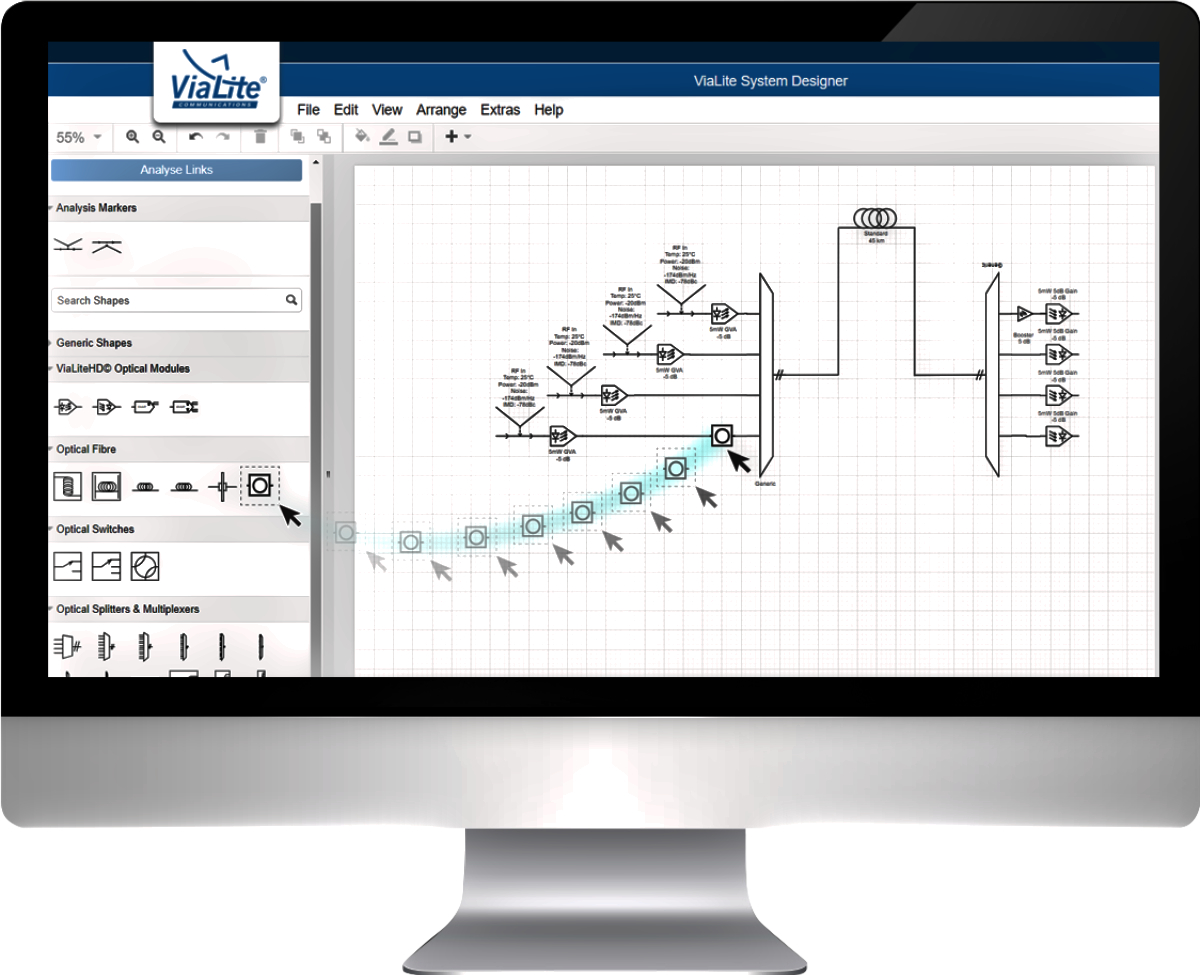
Figure 3. RF and Optical schematic design tool and performance
analyzer, ViaLite System Designer.
Teleports are also seeing an increase in the incorporation of turnkey solutions; hardware, software and end-to-end system designs. Historically, RFoF was largely a hardware centric solution; however, as capability has increased, we’ve seen the transition from ViaLite being a hardware components business to a systems solutions business, which now incorporates many other elements, such as DWDM lasers, multiplexers, optical amplifiers, optical switches, dispersion compensation and delay lines.
Many of these system solution parts are needed for long distance RFoF links when optimizing dark fiber by multiplexing multiple channels into a single core and re-amplifying the signal to cover very long distances. Using this approach, ViaLite has supplied long distance diversity links — often with up to 24 RF channels on a single fiber core — spanning from 100 to 600 km. To aid in the design of these more capable and feature rich RFoF systems, the operators’ needs for design tools — which cover both the “black arts” of RF engineering and Optical engineering in the same package — have increased. The design package needs to be seamlessly placed and transition between the two technologies; schematically and also in the modeling. It’s gone beyond trying to manually put RF cascade models together in a spreadsheet in order to get a link budget or a performance metric simulation. Addressing the requirement, ViaLite recently launched the System Designer; a schematic design tool and performance analyzer which bridges the RF and Optical worlds. Early results from users indicate that it reduces design cycles to less than half the time and, more importantly, allows engineers to “play” with designs to optimize and innovate.
Software is also becoming more relevant in the operation of RFoF links. The majority of users typically need monitoring and control for all active elements of a ground station solution. This is commonly achieved with the integration of SNMP compliant controllers which can provide system elements health monitoring and alarm functions. These SNMP controllers, such as ViaLite’s Horizons, can be integrated into a Network Management System (NMS)3, which then takes overall management of the ground segment operations.
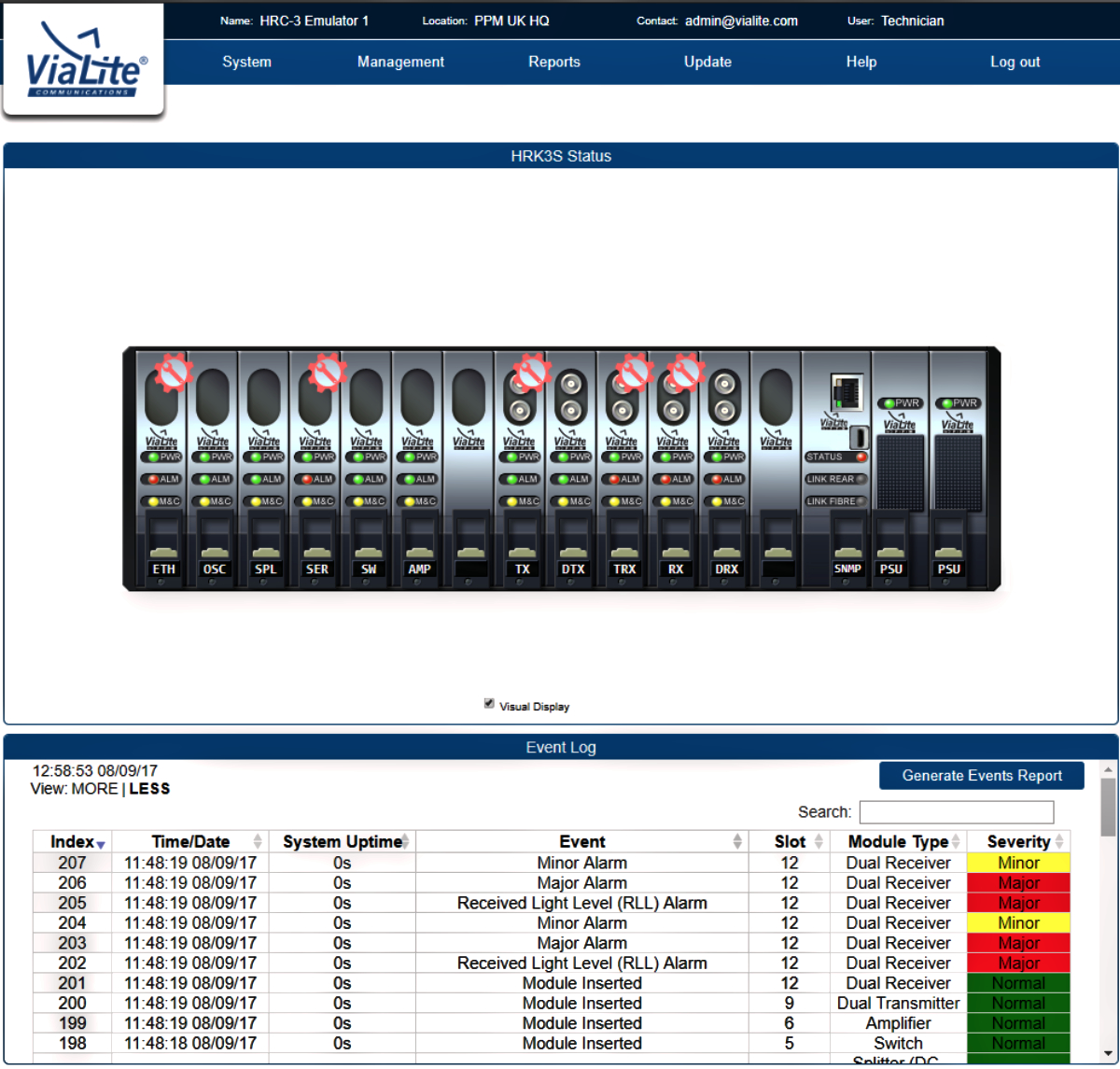 Figure 4. SNMP web interface to ViaLite.
Figure 4. SNMP web interface to ViaLite. 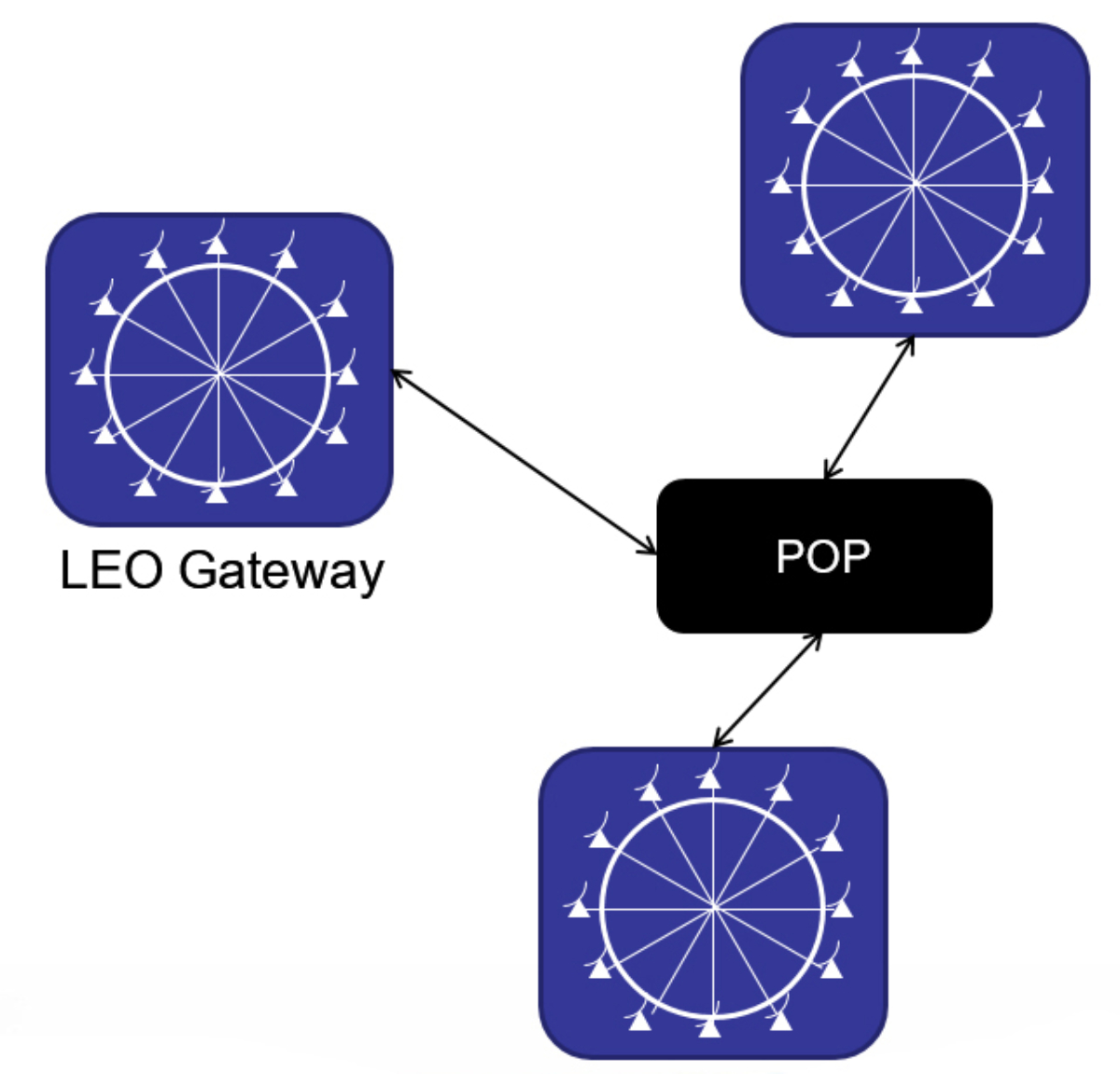 Figure 5. LEO gateway antenna deployments
Figure 5. LEO gateway antenna deployments
The use of SNMP controllers in the RFoF piece is expanding with RF level gain and link optimization achieved dynamically and SNMP controllers integrated with other elements of long distance links, such as the optical amplifiers and optical switches. As NMS “intelligence” increases and makes more operational decisions, data acquisition and data analytics from the whole ground segment chain becomes a must-have rather than a nice-to-have.

The Capricon teleport in Australia. Image is courtesy of ViaLite.
Teleports are also evolving with the development of the ground segment and RFoF solutions for Low Earth Orbit (LEO) satellite constellation solutions. As has been widely reported, LEO satellite launches are set to be increasing in volume and scale far more than the Geostationary Earth Orbit (GEO) satellites. With hundreds or even thousands of satellites being deployed for a single vendor and the low altitude nature of LEO4 constellations, this change means there is a need for many gateway deployments globally, where a single gateway could include anywhere from five to twenty antennae!
From ViaLite‘s perspective, as an RFoF supplier, this is creating interesting challenges, such as the need to produce common solutions that scale much higher than GEO in order to remain cost effective, producing dish-side products which are smaller form factor and reduced weight for when loading on antennas (resulting in recent product launches of the ODE-A4 and ODE-MINI outdoor enclosures), and finally connecting the gateway to the local Point of Presence (POP).
To summarize, this article has reviewed ground segment technology changes, including signal transport moving to higher frequencies and bandwidths, the move to ground segment systems solutions with greater software content, and trends in equipment form factor kit getting smaller, which is driven heavily by LEO deployment.
References
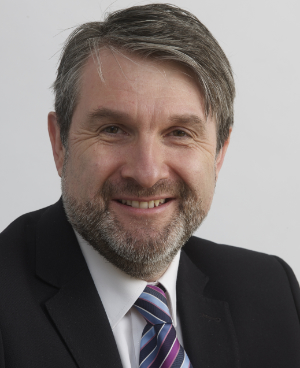
1https://www.esa.int/Applications/Telecommunications_Integrated_Applications/Satellite_frequency_bands
2https://en.wikipedia.org/wiki/High-throughput_satellite
3https://www.techopedia.com/definition/11988/network-management-system-nms
4https://blog.bliley.com/5-faq-answers-new-space-leo-satellite-constellations
Richard is Global Director of Sales and Business Development for ViaLite Communications a leading manufacturer of RF-over-Fiber solutions, and has worked more than 30 years in the wireless communications infrastructure, audio and test & measurement markets. He is a Fellow of the Institution of Engineering and Technology (IET).


